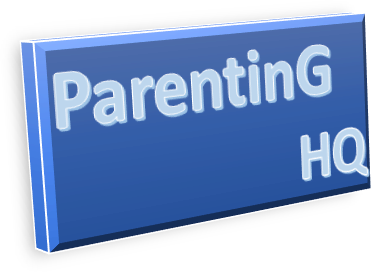Here are ELEVEN more practical suggestions and tips from online users posted on the internet on family budgeting:
1. Keep a record book as well as your bankbook
It takes time and requires a lot of self-discipline. Start each month with the balance and enter every payment, etc in advance, in the form of a calendar. It works well for most people due to the fact that they always have their actual working balance handy. Remember the comment about having your financial information at your fingertips? Here is a sure-fire way to get you on that path quickly.
2. Calendar Calculations
Putting regular bills on a calendar based on due dates and when salaries are received proves helpful to some. This helps specifically to get everything paid on time and keep in perspective where the money actually goes, since all miscellaneous expenses are also recorded.
3. Getting bills paid
Working out all the major and large bills (i.e., rent, car payment, insurance, etc.), dividing it up so every week, that amount is removed from the family ‘paycheck’. Therefore, at the end of the month, there is need or risk to lose an entire paycheck to rent or car registration.
4. 1-2-3-4 Plan
Divide all bills weekly. A set amount goes to a savings account each week. When there is a 5th Friday in a month, you have a “free paycheck” to save.
5. Open a household account
In a second checking account, deposit a sum that covers your monthly expenses. Have all of your bills automatically withdrawn. This account acts as a holding cell for household obligations – the primary account is for day-to-day operations. Works for me!
6. A timely budget
Get a notebook. List expenses and their due dates. Divide payments into small amounts & use labeled envelopes for payments and money storage. Reduce duplicate credit usage to 1 or 2 credit cards. Use the net for bill paying and to check your accounts.
7. Yearly savings
Making a list of all annual or once-a-year type bills (car registration, shots for pets, school pictures, etc.) and divide them by 12. Save this amount each month and, when one of these items come up, you have the money to pay it. No more surprises.
8. Save credit card receipts
Keep an envelope in the car for the credit cards you use. When you buy anything using a card, put the receipt in the envelope as soon as you enter the car. Keep changing the envelope every month. This will save you time and hassle when looking for receipts.
9. Only twice a month
Separate all bills to be paid on either the 1st or 15th of the month. This enables you to pay all bills at once and on time. An added bonus is that you will also immediately know how much money you have left over for entertainment, vacation and other discretionary items.
10. Split into Savings and Checking
Figure out a budget based on a savings account/checking account split. Savings builds up for things like real estate taxes, vacations, and insurance. Checking is monthly (e.g. phone, groceries, etc.). Split your monthly income into the savings and checking accounts according to the budget. Savings amounts are strictly budgeted. The checking account is controlled by watching the balance until the next payday.
11. Respect your partners need for financial security
Everyone likes to buy their toys, but the overall financial security of the household needs to be considered first. I am not against toys; just save up the money first to buy them versus putting non-essential day-to-day expenses on credit.
An example of a toy in my relationship was the spouse’s need to have a big expensive truck in the driveway. I was not against the truck, I was against the debt to purchase the truck when there was no money in the savings or money built up for college tuition. Be considerate of the overall family financial situation and provide financial security for your family.

